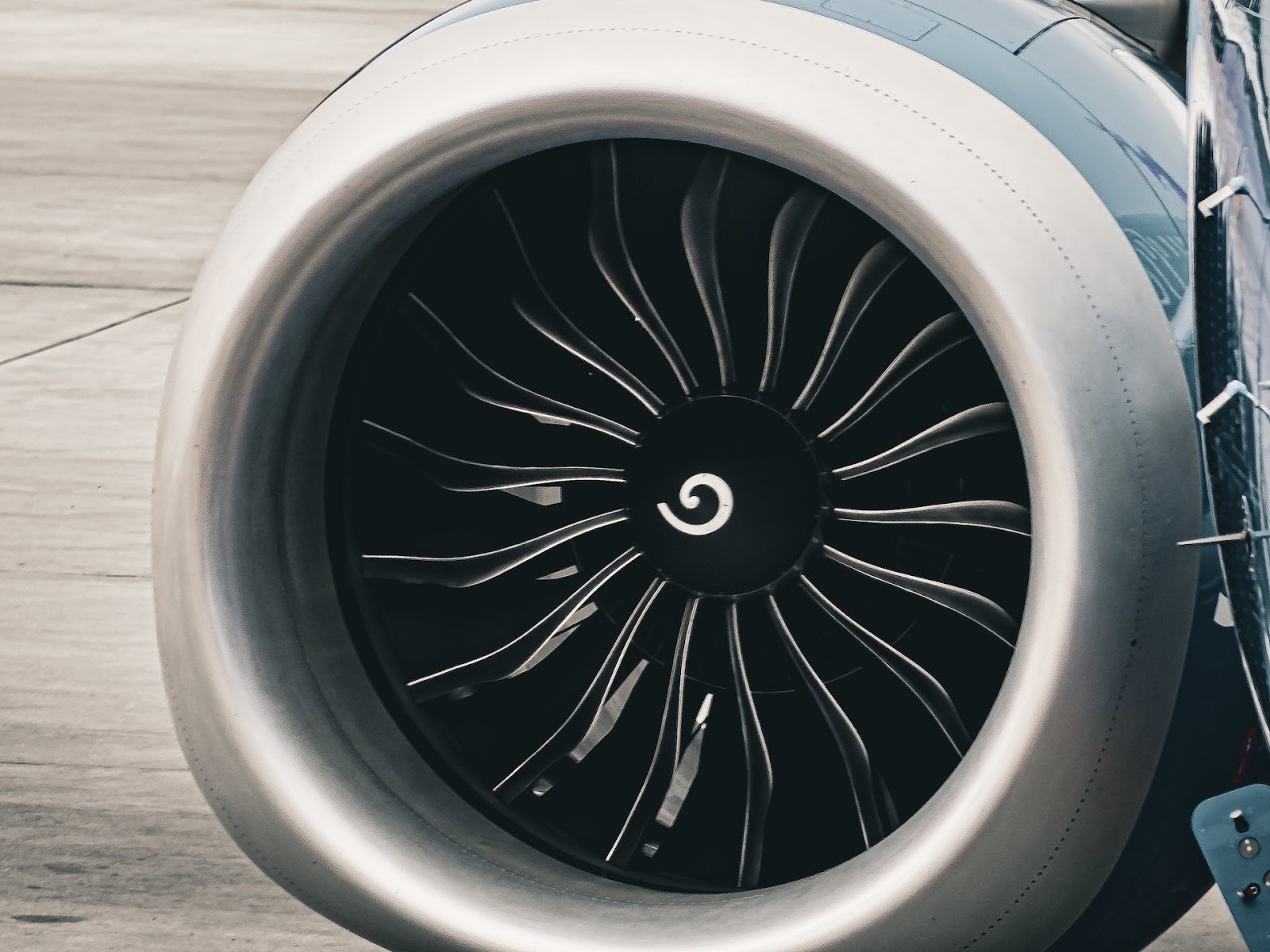Degreasing of Aerospace MRO Parts by Aqueous Cleaning: Why It Matters
Aviation and aerospace systems must operate at peak efficiency with guaranteed safety and part integrity. There are many cleaning and maintenance processes that contribute to the long operating life of MRO parts, and degreasing via aqueous cleaning is a cornerstone service. Let’s dig into what makes it so crucial — and how to approach your degreasing process.
What is Degreasing in Aviation and Aerospace MRO?
Essentially, a degreasing process involves the application of a solvent or water-based cleaner that removes grease, oils, and other soiling or contamination in a way that avoids as much wiping and scrubbing as possible.
Some degreasing operations are performed quickly, in the hangar, with degreases applied directly to the aircraft engine before it exits the hangar to continue its flight schedule. However, deeper MRO and cleaning are sometimes necessary to reach buildups in hard-to-reach areas and on small or fine components. This is where aqueous cleaning with a chemical immersion bath comes into play.
Why Degreasing of MRO Parts Matters
In some cases, grease is applied intentionally to parts and serves the purpose of protecting and optimizing the part while in service. However, grease can also accumulate contaminants and require removal and re-application.
Regular maintenance and overhaul is also necessary on all parts that accumulate unwanted grease buildups, to keep them clean, free of obstructions, and operating in good condition. Regular batch degreasing of parts with buildups of unwanted grease or contaminants can prevent corrosion or degradation of the part and also improve operational efficiency.
What is Aqueous Cleaning?
Aqueous cleaning is a batch immersion cleaning method that combines the effectiveness of a water-based cleaning solution with mechanical or thermal energy. This approach has become more popular than using solvents in many cases because it can be more friendly to the environment than conventional solvents, involves fewer safety concerns, and can help save on costs.
Parts are immersed in a bath of a cleaning agent — ferric chloride, nitric acid, phosphoric acid, acid fluoride salts, or other chemicals — to remove grease and grime (or paint, rust, or scale). After this, a rinse is needed in a separate bath to eliminate the cleaning agents from the parts. Finally, drying removes any remaining moisture from the parts. This cycle can be repeated until the parts are completely renewed.
The Difference Between Aqueous Cleaning and Solvent Wiping
Solvent wiping is a manual process where parts are wiped with cleaning solvents (such as acetones). This is best as a precision solution for smaller areas that need to be targeted degreasing. Degreasing via solvent wiping is sometimes required before other cleanings, stripping, or finishing processes can be completed.
The process of aqueous cleaning is more complex than a manual solvent wiping process. Whereas solvents can generally be sprayed, wiped, rinsed, and dried all in one step, an aqueous cleaning process may require three or more distinct process steps: wash, rinse, and dry. Sometimes, multiple washing and rinsing cycles are needed, along with thorough drying, to achieve the desired level of precision cleaning.
Aqueous cleaning provides a few important advantages over solvent wiping, including improved cleaning efficiency, reduced operating costs, enhanced repeatability, better process control, and minimal environmental impact.
When to Choose Aqueous Cleaning For Aerospace MRO Parts
Aqueous cleaning is the ideal solution for high-volume batches of individual parts that need thorough and deep cleaning in preparation for a return to service or for other finishing processes such as passivation, coating, or plating. Opt for an aqueous process over solvent wiping when parts are not easily accessible on an aviation or aerospace craft’s surface or when a more complete refurbishment is necessary that can be carried out quickly in a hangar between the legs of a flight schedule.
For more information on aqueous cleaning, our advanced stripping or cleaning chemistries, or to get a quote in less than 24 hours, contact the experts at Metal Finishing Technologies today.

